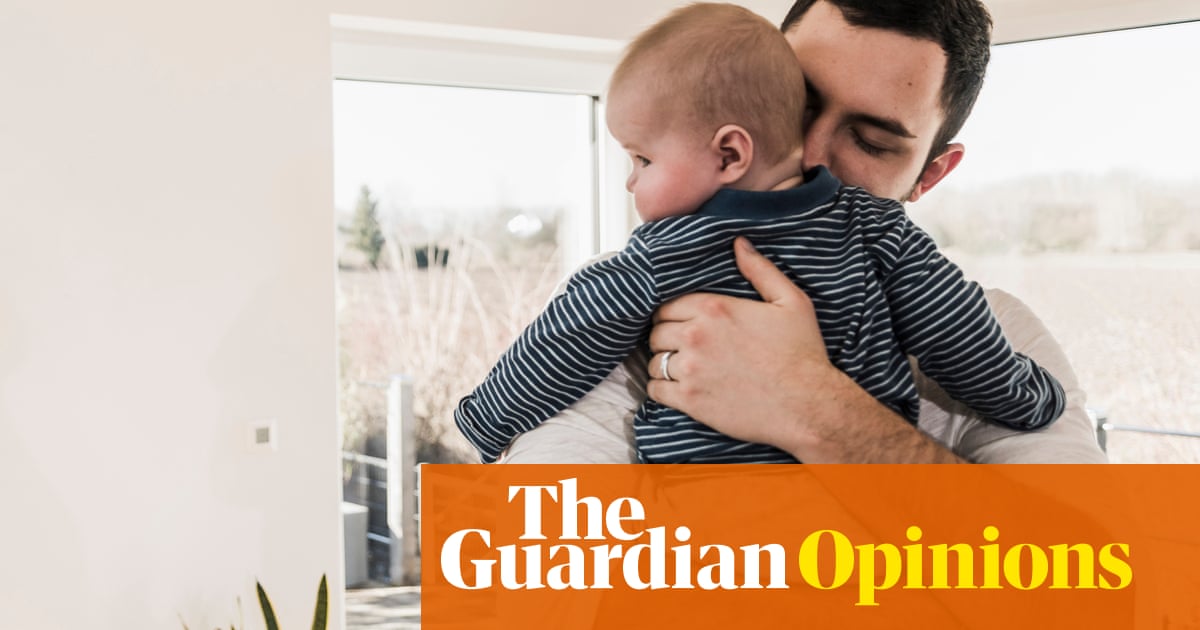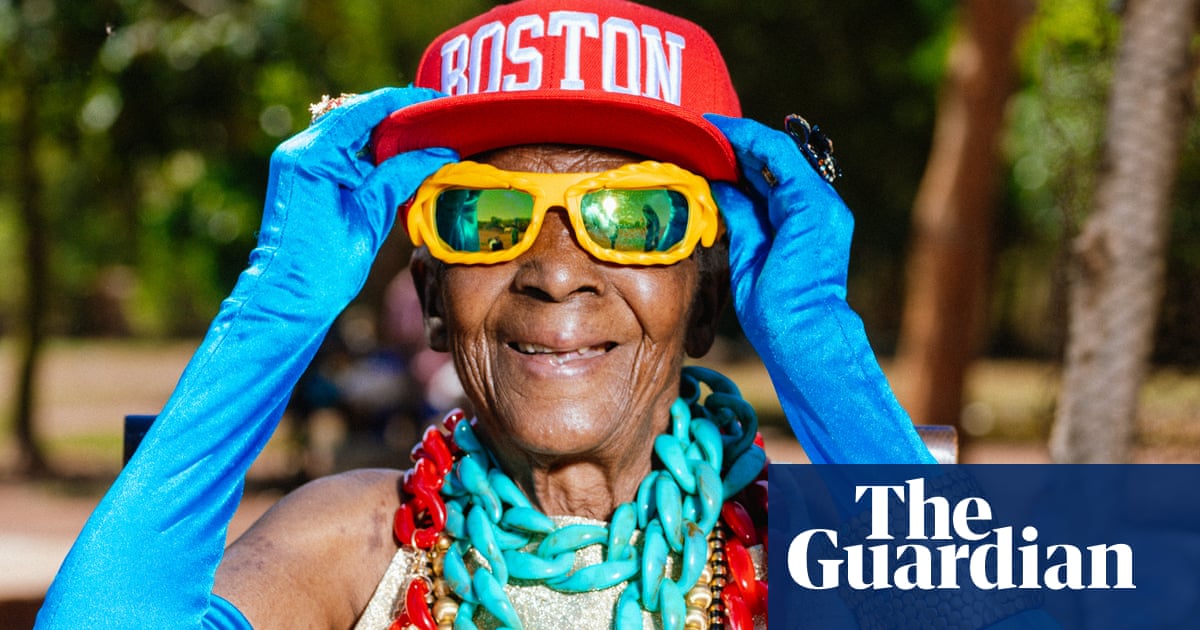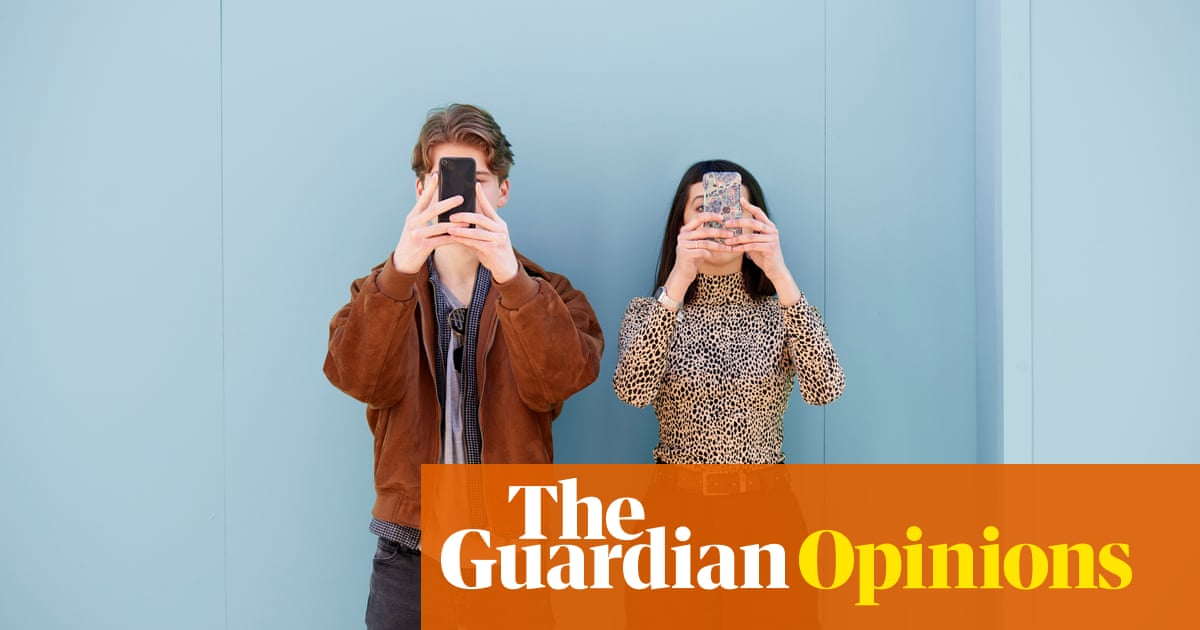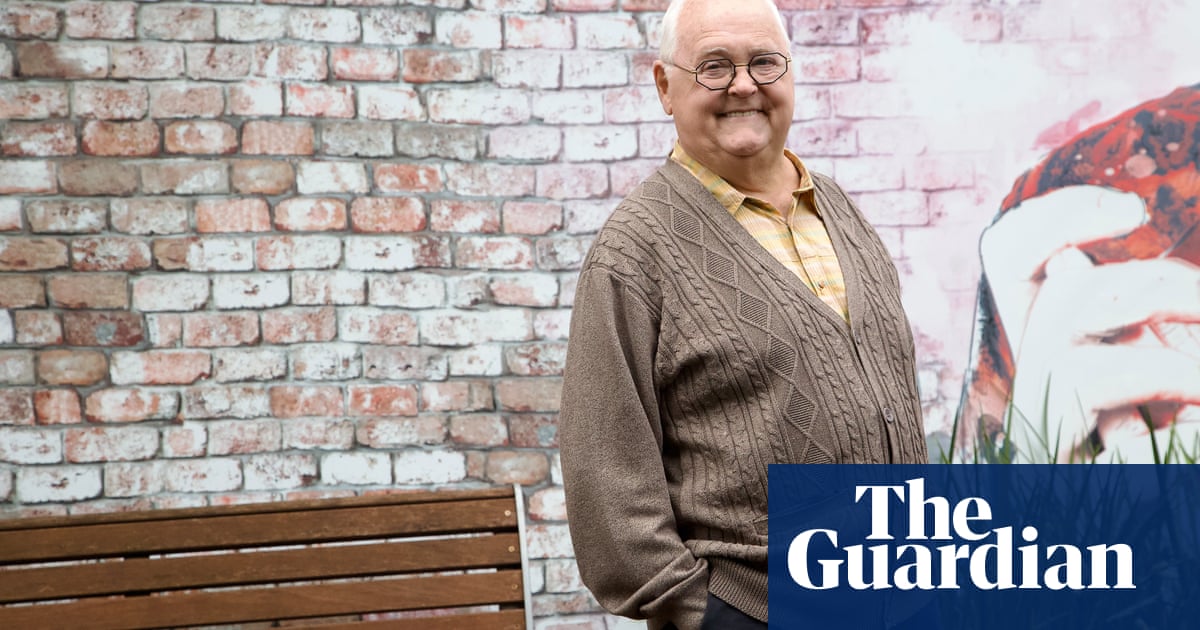When Deborah Turness, the head of BBC News, informed her staff recently that she was shaking up how they worked as part of a drive to combat “the growing trend of news avoidance”, she had in mind the likes of Dave Ayres, a handyman from Leeds.
“I used to have the news on the TV every morning for an hour or so as I got the children ready for school and completed my household tasks,” he said. “Now it has literally been switched off and unplugged. I can’t cope with it any more. It’s just too much and there’s nothing I can do about it.”
Though he dips into his favourite news apps occasionally in the evening, he now strictly limits his news consumption. He’s not alone. The Guardian has been contacted by a series of one-time news junkies who are now seeking to restrict their news intake after suffering from disturbed sleep or a downturn in their mood.
A related concern is affecting the sleep of Caroline Waterston, the Daily Mirror’s editor-in-chief. “The biggest challenge right now that’s keeping me awake is the under-35 audience,” she said this week, adding that if news companies can figure out how to reach them, they could also offer a big opportunity.
Across newsrooms around the world, strategies are being launched to reach news avoiders, a cohort of refusniks behind a long-term decline in news engagement. The proportion of people who say they selectively avoid the news to some degree increased three percentage points last year to 39%, according to a survey across 17 countries by the Reuters Institute for the Study of Journalism. Since 2017, it has increased by 10 percentage points.
Over the last decade, the number of people getting any news online, whether through a news website or on social media, fell across every age group. In fact, the news avoiders break down into three groups. The first is a growing group of former news consumers who are dialling back, the second is a group who have never engaged with news in the first place, while the third group worrying media executives is young people, who appear to have lost trust in established news brands.
The problem has been accelerated by changes to social media algorithms and search engines that mean fewer people are finding their way to news sites. “The perception is definitely that it’s getting worse,” said Benjamin Toff, the director of the Minnesota Journalism Center and the co-author of Avoiding the News. “Part of that perception is based on the digital analytics data that many of these organisations are looking at.
“On the audience side, there is a degree of fatigue and exhaustion. A lot of people just feel, for their own mental health, they want to curtail the amount of news they’re paying attention to. Meanwhile, younger people who are using Instagram and TikTok, where the ability to include links to content outside of those platforms is a major challenge, are probably contributing to the decrease in [news site] traffic.”
The response in newsrooms has been varied, but there are a few clear trends. To deal with the boom in content and declining free time, curation is king. Newsletters with a few handpicked stories, podcasts delving into a single subject and a reduction in story counts have already emerged as early winners from the news avoider war. Personalisation is the next frontier, with some newsrooms already using newsletters personalised using AI.
“If the personalisation algorithm takes into account personal interest and what’s trending now in a relevant way, you can increase retention by double-digit numbers,” said Danny Lein, the founder of the Twipe tech company, which pioneered personalised newsletters at the Times. The firm has since rolled it out across seven international newsrooms. “Finding that good mix is really key. If it’s only based on personal interest, you get echo chambers.”
Turness believes personalisation is part of the answer at the BBC. The corporation has a lot of personal data that could help it tailor products, but it also has strict rules on the use of AI and has not yet been clear on its plans. There are also dangers. “We tend to find that people aren’t so keen,” said Craig T Robertson from the Reuters Institute. “If you’re personalising a news feed or news homepage, there’s a sense that they’re missing out on other things. It’s not like music or movies.”
Then there’s the problem of negativity and a sense of powerlessness – another theme that emerged among news avoiders contacted by the Guardian. “We need to feel uplifted, encouraged and hopeful, not oppressed and afraid,” said one. After discovering that a third of those ditching their subscriptions complained of news fatigue, executives at Spain’s eldiario.es started looking at a new product that concentrated on the best news of the month, or stories with a constructive angle. Dagens Nyheter in Sweden is another outlet consciously including more positive pieces even on difficult topics.
The “constructive journalism” movement, which began in Denmark and encourages more stories on progress and problem solving, is gaining ground. Oliver Duff, the editor of the i Paper, said this week that it was often seen as a “dirty word in newsrooms”, but said it needed to be taken seriously because “our audience disagrees”.
As for winning over Gen Z, many are concluding that overcoming their different habits and lack of trust requires a radical reimagining of what newsrooms do. In Scandinavia, publishers such as Schibsted are spending more time explaining their editorial decisions. Duff also said there was a need to “pull back the curtain” on the editorial process. “You’re explaining exactly why this author or this creator has got expertise on this story, or why Katie spoke to 18 sources in Whitehall to tell this story that’s never been told,” he said.
Likewise, Reach, which owns the Daily Mirror, is planning to use new studios to reach a younger audience with video – and some of their journalists are being encouraged to be more like influencers. Waterston said a journalist at a prominent court case was encouraged to talk about “what it felt like for them sitting in the court. We should lean into that.”

.png) 1 month ago
27
1 month ago
27

















































